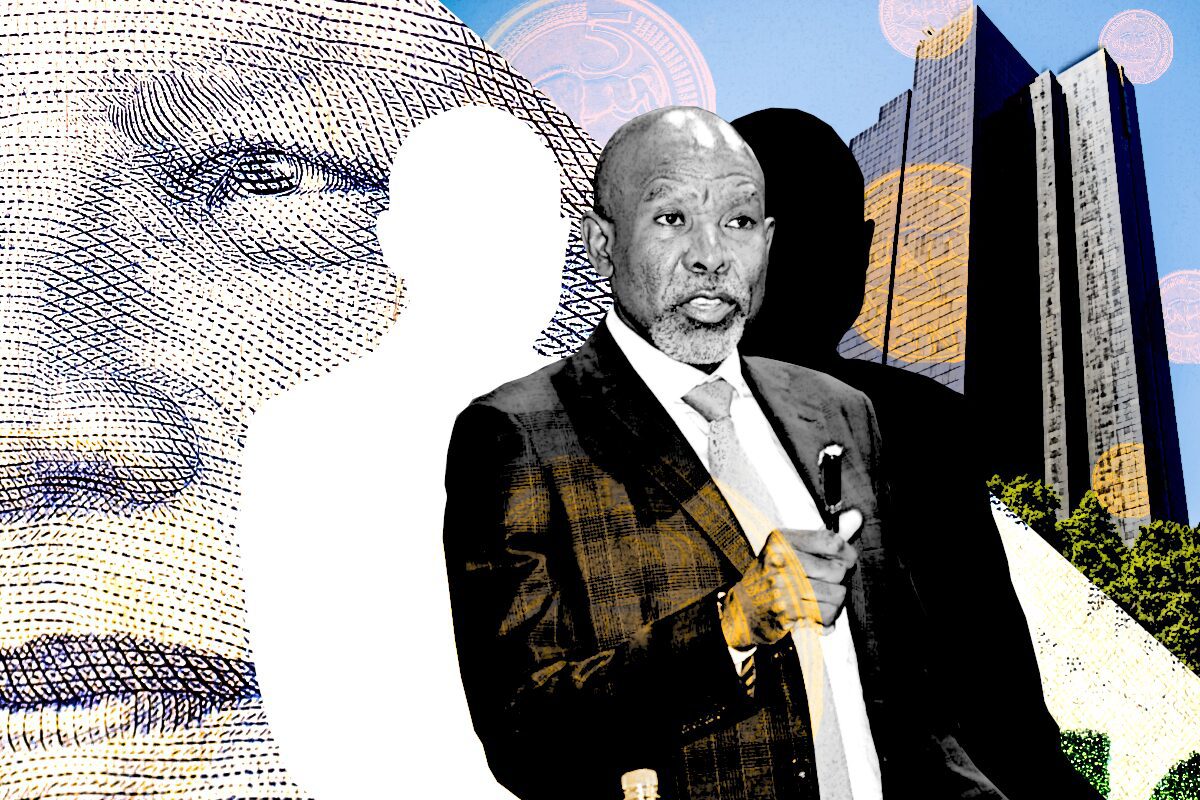Global Courant 2023-04-25 20:26:34
South Africa’s central bank is likely to implement a slew of model changes to support monetary policy decisions, including a move to better anchor inflation expectations.
The first major improvement to the so-called Quarterly Projection Model in six years should improve predictive power “while reducing the application of judgment and thus potential sources of bias in forecasting,” the South African Reserve Bank said in its semi-annual Monetary Policy Review Tuesday.
The new model will be used once approved, most likely from the bank’s rate-setting meeting in July, it said in a response to emailed questions.
The central bank prefers to anchor price growth expectations near the midpoint of 4.5% of its target range. It sees inflation averaging 6% this year, 0.3 percentage points lower than estimates in a survey of analysts, unions and households.
The Reserve Bank has tightened by 425 basis points since November 2021, with the larger-than-expected 50 basis point move in March surprising financial markets in response to the worst global inflation shock in a generation.
Interest rate forward agreements used to speculate on borrowing costs show traders considering the possibility of another rate hike at their next meeting on May 25.
The MPC’s interest rate decisions have deviated from the path implied by the model over the past year, “due to the extraordinary uncertainty prevailing during this period,” the central bank said. Under normal economic conditions, it has adequately cushioned inflation risks, resulting in close alignment of the implied interest rate path and MPC decisions, it said.
Changes to the model include:
A mechanism to account for fiscal policy measures in a systematic way Distinguish between private and government wages Increasing the Phillips curves for the different components of the consumer price index to include nominal unit labor cost growth along with the current gap between real unit labor costs Accounts for changes in fuel and electricity costs that often feed through to core and food price inflation Reflects the state of the real economy by using the output gap in combination with a growth gap.
Read: Reserve Bank doesn’t win many friends with new proposal








